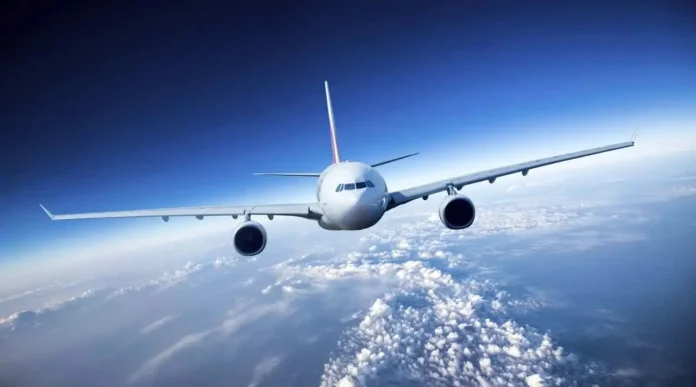In the vast expanse where the heavens meet human innovation, the realm of aviation unfolds as a captivating tapestry of extraordinary feats. Buckle up as we embark on a thrilling journey through the clouds, unveiling mind-blowing facts that redefine the boundaries of human ingenuity and exploration in the aviation industry. From freezing altitudes to astronomical investments, fasten your seatbelts for a flight of discovery into the unparalleled world of aviation wonders.
1) Extreme Altitude:
At 35,000 ft mid-air, airplanes confront temperatures as low as -51°C, surpassing even the frigid climate of Oymyakon, Russia—the coldest inhabited place on Earth.

2) Sky-High Investment:
Crafting flying marvels comes with a hefty price tag ranging from $90 to $115 million, reflecting the intricate engineering and technological precision behind each airborne wonder.

3) Precision Engineering:
Aircraft are meticulously crafted with advanced materials like titanium, steel, and aluminum, showcasing the pinnacle of technological innovation in aviation.

4) Airborne Armada:
The skies host an impressive 8,000 to 13,000 airplanes at any given moment, a testament to the constant global activity and interconnectedness of air travel.

5) Global Pilots’ Guild:
With 1.5 to 2.3 million pilots worldwide, the United States boasts the lion’s share with 730,000 pilots, illustrating the diverse and extensive community of aviators.

6) Sky-High Luxury:
Embark on a journey from New York to Abu Dhabi with Etihad, and a one-way ticket can carry a staggering price tag of $64,000, offering an exclusive glimpse into the world of premium air travel.

7) Safety in the Skies:
The likelihood of a plane crash is an astonishing 1 in 11 million, underscoring the remarkable safety record of air travel.

8) Lunar Mileage:
The cumulative distance covered by all Boeing 747s is enough to make an astounding 75,000 round trips to the moon and back, emphasizing the vast scale of global air travel.

9) Aircraft Lifecycle:
The typical lifespan of a passenger airplane spans 25 years, after which it finds a new purpose in cargo transportation, showcasing the longevity and adaptability of these flying machines.

10) Speed in the Stratosphere:
Cruising at an average speed of 547 to 575 miles per hour, long-distance commercial airplanes swiftly navigate the skies, making air travel one of the fastest modes of transportation globally.

Prepare for takeoff as we delve into the awe-inspiring world of aviation, where the skies are not just a pathway but a canvas for boundless human achievement.



